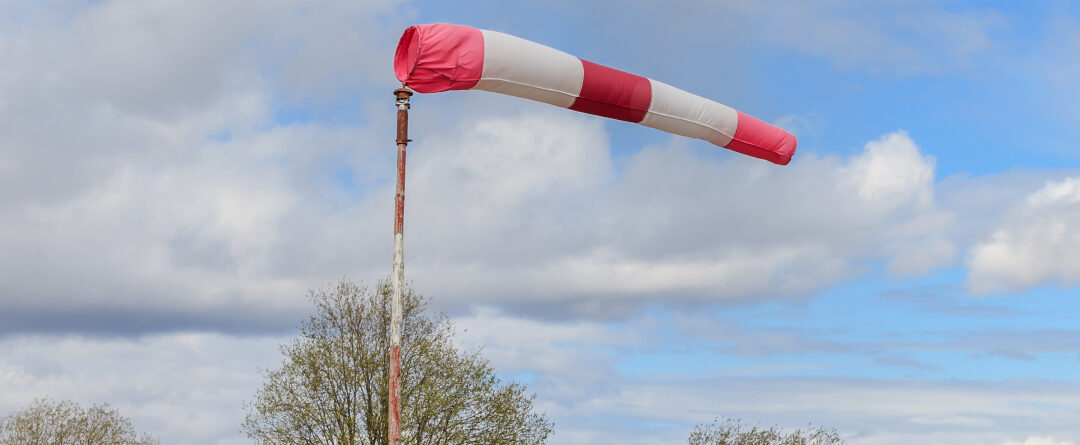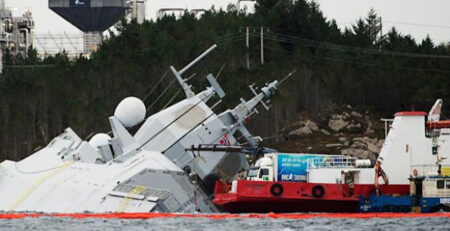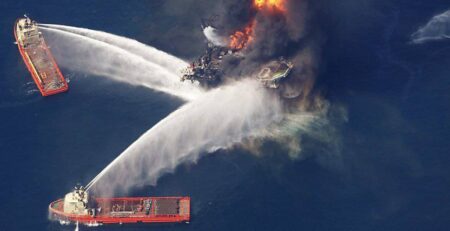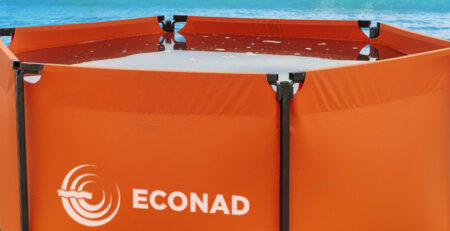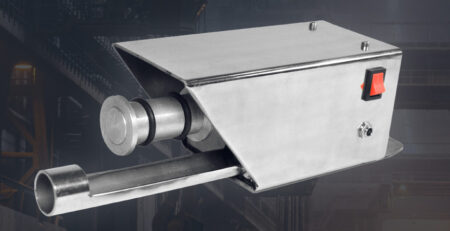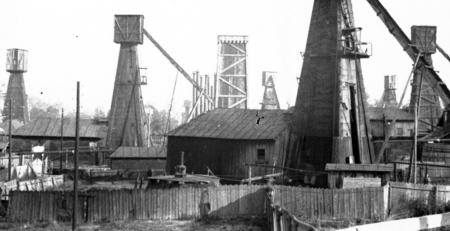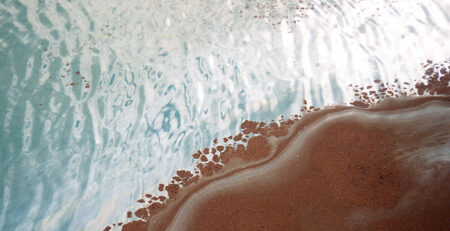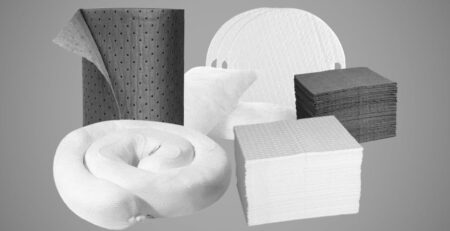Beaufort scale for visual assessment of wind strength (speed)
Beaufort scale – a conventional scale for visual estimation of wind force (speed) in points by its effect on land objects or by waves at sea. It was developed by British Admiral F. Beaufort in 1806 and was first used only by him. In 1874, the Standing Committee of the First Meteorological Congress adopted the Beaufort scale for use in international synoptic practice. In subsequent years, the scale was changed and refined. The Beaufort scale is widely used in marine navigation.
|
Beaufort wind force at the earth’s surface |
||||
| Beaufort points | Verbal definition of wind strength | Wind speed, m/sec | The action of the wind | |
| on land | at sea | |||
| 0 | Doldrums | 0-0,2 | Doldrums. Smoke rises vertically | A mirror-smooth sea |
| 1 | Quiet | 0,3-1,5 | The wind direction is noticeable by the attitude of the smoke, but not by the weather vane | Ribbing, no foam on the ridges |
| 2 | Light | 1,6-3,3 | The movement of the wind can be felt in your face, the leaves rustle, the weather vane is set in motion | Short waves, crests do not tip over and appear vitreous |
| 3 | Weak | 3,4-5,4 | The leaves and thin branches of the trees are swaying all the time, the wind fluttering the top flags | Short, well-defined waves. The crests, tipping over, form vitreous foam, occasionally small white lampposts are formed |
| 4 | Moderate | 5,5-7,9 | The wind picks up dust and papers, sets the thin branches of trees in motion | The waves are elongated, with white lobes visible in many places |
| 5 | Fresh | 8,0-10,7 | Thin tree trunks sway, crested waves appear on the water | Well-developed in length, but not very large waves, white lambs are visible everywhere (in some cases splashes are formed) |
| 6 | Strong | 10,8-13,8 | Thick tree limbs swaying, telegraph wires humming | Large waves begin to form. White foamy ridges cover large areas (splashing is likely) |
| 7 | Tough | 13,9-17,1 | Tree trunks swaying, it’s hard to walk against the wind | Waves crashing, crests crashing, foam lying in streaks in the wind |
| 8 | Very strong | 17,2-20,7 | The wind breaks tree limbs, walking against the wind is very difficult | Moderately high long waves. Spray begins to fly off the edges of the crests. Foam streaks lie in rows in the direction of the wind |
| 9 | Storm | 20,8-24,4 | Minor damage; wind blowing off chimney caps and shingles | High waves. Foam in wide, dense strips downwind. Wave crests begin to topple over and break up into spray that impairs visibility |
| 10 | Severe storm | 24,5-28,4 | Significant destruction of structures, trees are ripped out by the roots. Rarely occurs on land | Very high waves with long downward curving crests. The resulting foam is blown out by the wind in large flakes in the form of thick white streaks. The surface of the sea is white from the foam. The violent crashing of the waves is like a thump. Visibility is poor |
| 11 | A violent storm | 28,5-32,6 | Large destruction over a considerable area. Very rare on land | Exceptionally high waves. Small and medium sized vessels are sometimes out of sight. The sea is all covered with long white flakes of foam, which are arranged downwind. The edges of the waves are blown into foam everywhere. Visibility is poor |
| 12 | Hurricane | 32.7 or more | The air is filled with foam and spray. The sea is all covered with streaks of foam. The visibility is very poor | |

